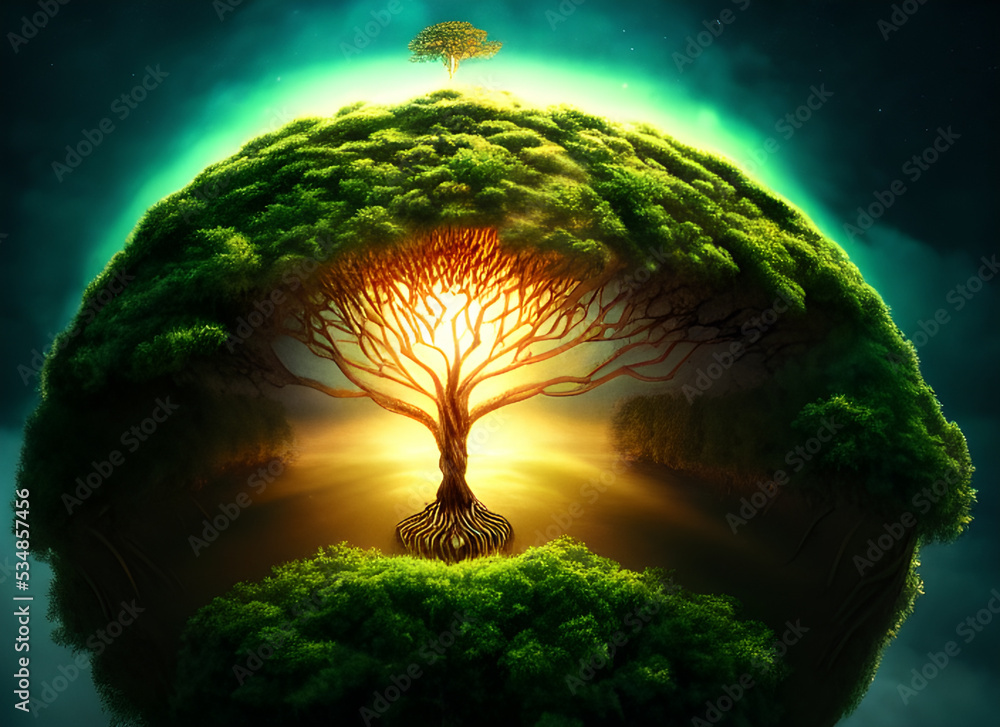In the myriad expressions of nature, the hydrangea stands as a resplendent emblem of beauty, particularly noted for its ephemeral blooms and transformative qualities. The Bahá’í teachings, with their profound emphasis on unity, transformation, and the pursuit of knowledge, offer fertile ground for discerning life lessons that can be analogized through the captivating cycle of the hydrangea. The interplay of colors in its flowers, which shift with the seasons and the soil’s pH, serves as a poignant metaphor for the adaptability and resilience inherent in the human condition.
At the outset, it is paramount to recognize the beauty in change. The hydrangea embodies this principle vividly; its blossoms transition from soft white to vibrant pinks and blues depending on environmental factors. This transition poignantly reflects the Bahá’í tenet that life is an ever-evolving journey characterized by both trials and triumphs. It reminds us that change is not merely an inevitable force but a necessary catalyst for growth. Within the Bahá’í perspective, embracing change can lead to spiritual advancement and deeper understanding.
Change often evokes discomfort and uncertainty. However, the Bahá’í teachings exhort followers to embrace life’s vicissitudes with a spirit of resilience. The hydrangea, resilient even in adverse conditions, teaches us that resilience is cultivated through acknowledgment and acceptance of life’s transitory nature. Just as the hydrangea thrives despite fluctuating seasons, individuals are encouraged to weather their storms, trusting that personal growth is often cloaked within the challenges faced. This transition instills a profound appreciation for the beauty that emerges from adversity.
Moreover, the hydrangea’s different colors serve to symbolize the significance of diversity in understanding the human experience. In the Bahá’í worldview, humanity is akin to a garden comprising diverse flowers, each contributing unique attributes to the collective whole. Just as the hydrangea’s color varies with conditions, the array of human experiences enriches society. Promoting unity in diversity is a cornerstone of Bahá’í belief, exhorting followers to cherish and implement this concept in everyday interactions. By celebrating differences, individuals can foster a profound sense of community and belonging — a sentiment echoed in the interactions of a blooming hydrangea cluster.
Furthermore, beauty is often found in the unassuming. The hydrangea, though it may appear delicate, possesses remarkable fortitude. This resonates with the Bahá’í teaching that true strength often lies in humility and service. Strength is expressed through actions that promote collective well-being rather than through ostentation. Emulating this humility enables individuals to cultivate a more empathetic interaction with others, generating a ripple effect of kindness and understanding. The hydrangea’s understated elegance exemplifies that genuine beauty shines not through boastfulness but through selflessness and grace.
In addition to the lessons of embracing change and valuing diversity, the hydrangea offers insights into the importance of nurturing relationships. The myriad blooms of a hydrangea plant are held together by a singular stem, symbolizing the interconnectedness of all human beings. Bahá’í teachings emphasize the significance of building strong, supportive relationships — akin to the interconnected roots of a thriving plant. Through nurturing interpersonal connections, individuals can foster environments conducive to collaboration, understanding, and mutual growth. This community spirit is paramount for advancing collective progress along the path of unity and development.
The essence of nurturing, as mirrored in the cultivation of hydrangeas, extends to the self. Proper conditions lead to the sustenance of growth, and likewise, individuals must engage in self-care, introspection, and continuous learning. In the context of Bahá’í teachings, this underscores the necessity of ongoing spiritual and intellectual development. Just as a gardener learns the intricacies of soil, light, and water to care for their plants, individuals are encouraged to explore and engage meaningfully with diverse sources of knowledge, nurturing their personal and spiritual growth.
Another salient aspect reflected through the hydrangea’s life cycle is the inevitability of cycles in life. As with the seasonal blooms of the hydrangea, human life is rife with phases characterized by blossoming opportunities followed by periods of dormancy. The Bahá’í understanding of time emphasizes the importance of staying present in both serene and tumultuous times. Followers are encouraged to appreciate each phase as valuable, fostering a mindset of gratitude and appreciation for the fleeting moments that define human experience.
Ultimately, the hydrangea’s lesson centers upon the delicate balance between acceptance and aspiration. While one must accept the current state of affairs, the Bahá’í teachings encourage followers to aspire towards higher truths and deeper understandings. This simultaneous acknowledgment of reality and pursuit of improvement embodies a holistic approach to life. The hydrangea, with its striking transformation, serves as a continuous reminder that beauty and wisdom often flourish in the interplay between acceptance and aspiration.
In conclusion, life lessons derived from the hydrangea echo the profound tenets found within the Bahá’í teachings. There exists a wonderful symbiosis between nature and spirituality, where the modest yet regal hydrangea beckons with wisdom about embracing change, celebrating diversity, nurturing relationships, investing in self-care, and residing in the present moment. By internalizing these concepts, individuals are afforded a transformative perspective that enhances their journey through life, encouraging a harmonious existence defined by unity, compassion, and beauty in the face of change.
